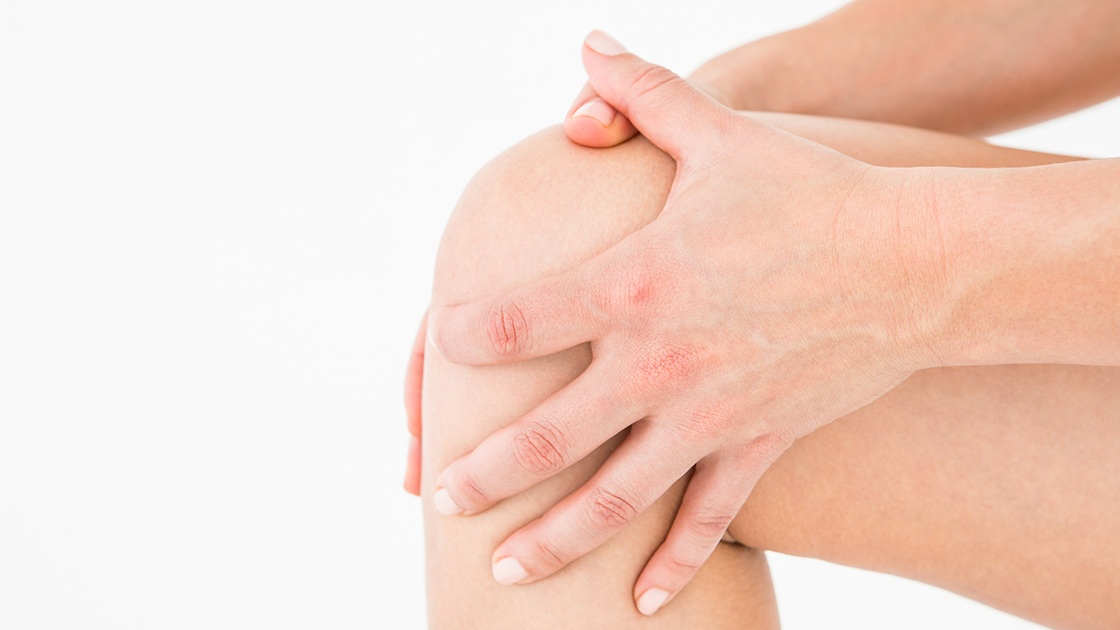Page Contents
Knee pain is a common issue that can significantly impact mobility and quality of life. Whether caused by injury, arthritis, or other conditions, finding effective pain relief is crucial for maintaining daily activities and overall well-being. Laser treatment, also known as low-level laser therapy (LLLT) or cold laser therapy. It has emerged as a non-invasive solution for alleviating knee pain. In this article, we’ll explore the benefits, effectiveness, considerations, and potential impact of laser treatment on knee pain relief.
Understanding Laser Treatment for Knee Pain
Laser treatment involves the use of low-intensity lasers or light-emitting diodes (LEDs) to target specific areas of pain and inflammation in the knee joint. The therapy aims to stimulate cellular function, improve blood circulation, and promote tissue repair without causing damage to surrounding tissues. Unlike surgical interventions or medications that may have side effects, laser therapy offers a safe and drug-free approach to managing knee pain.
Benefits of Laser Treatment for Knee Pain Relief
One of the primary benefits of laser treatment for knee pain is its non-invasive nature. Patients undergoing laser therapy experience no incisions, injections, or anesthesia, making it a comfortable and well-tolerated procedure. The lack of downtime also allows individuals to resume their daily activities immediately after treatment sessions.
Moreover, laser therapy is known for its targeted approach. It can penetrate deep into the tissues of the knee joint. And It can reach areas that may be difficult to access with other treatments. By stimulating cellular activity and reducing inflammation, laser treatment can help alleviate pain, improve range of motion, and enhance overall joint function.
Effectiveness of Laser Treatment for Knee Pain
Numerous studies and clinical trials have demonstrated the effectiveness of laser therapy in reducing knee pain and improving functional outcomes. Patients with conditions such as osteoarthritis, tendinitis, or ligament injuries have reported significant relief and improved quality of life after undergoing laser treatment.
The therapy’s mechanism of action involves the release of endorphins (natural pain-relieving chemicals), modulation of inflammatory mediators, and enhancement of tissue repair processes. These combined effects contribute to long-lasting pain relief and functional improvements in knee pain patients.
Considerations and Future Directions
While laser treatment offers promising benefits, it’s essential to consider individual factors when determining the suitability of this treatment. Seeking guidance from a skilled healthcare professional familiar with laser therapy can assist in developing a customized treatment strategy. This personalized approach can optimize the effectiveness of laser therapy and contribute to achieving desired outcomes.
Advancements in technology and ongoing research in laser therapy hold the potential for refining treatment protocols and enhancing outcomes for individuals with knee pain. These developments may pave the way for more effective and personalized approaches to managing knee-related conditions. The collaboration between healthcare providers, researchers, and patients is essential for deepening our knowledge of how laser treatment can benefit pain management. This collective effort will contribute to advancements in treatment strategies and improve outcomes for individuals suffering from knee pain.
In conclusion, laser treatment provides a non-invasive, targeted, and effective approach to relieving knee pain and improving joint function. Rotator cuff tears frequently cause shoulder pain and dysfunction, especially among individuals who regularly perform overhead activities or those experiencing age-related degeneration. These tears can significantly impact daily activities and may require medical intervention for relief.
